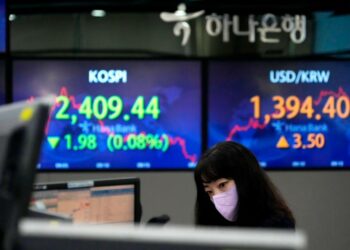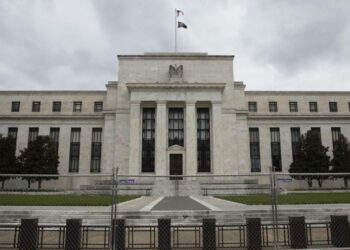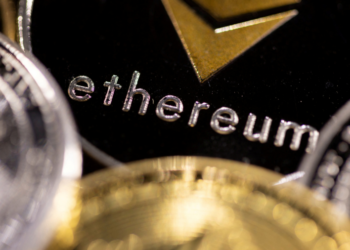Economists’ definitions of so-called safe assets — those that serve as a bolt hole for nervous money in crises — are often devoid of political content. This omission is historically under-informed. Safe assets, like reserve currencies and financial centres, have largely lost their pre-eminent status thanks to war.
Russia’s invasion of Ukraine serves as a reminder that the definition of a safe asset will differ according to which geopolitical camp you side with in the strategic competition between the US and China. China, of course, has adopted a position of “strategic neutrality” towards the invasion.
To qualify as safe, an asset has to be highly liquid, backed by a solvent sovereign borrower — or incapable of default like gold — and reliably able to hold its value during a disaster. Yet geopolitics matters, which is why Japan, dependent on the US security guarantee, holds a higher percentage of reserves in US Treasuries than Russia does.
It matters even more since the freezing of Russia’s reserves and the ejection of Russian banks from the Swift financial messaging system. Economic sanctions do not usually operate on such a gigantic scale, so investors will inevitably rethink their asset allocation decisions.
In reality there is no such thing as a safe asset. The nearest the world has come to one was a British gilt-edged security during the gold standard era. Gilts in the 19th century enjoyed the backing of Palmerstonian gunboat diplomacy and Gladstonian fiscal orthodoxy. They appeared to offer a perfect, and perfectly liquid, store of value. But then in the 20th century Britain abandoned the gold standard, demonstrating that super-safety in gilts was illusory.
Reserve currency competition is a relative matter. It is all about what constitutes the least unsafe asset. Despite being described as the quintessential safe asset, US Treasuries were a rotten store of value in the twin oil crises of the 1970s, offering negative real income. They will show similarly poor returns in today’s inflationary world.
Paul Volcker, while chair of the Federal Reserve in the 1980s, restored some safety to Treasuries through a draconian monetary policy. The resulting bond bull market was further helped by a shortage of safe assets. This arose because the growth of advanced economies that produce safe assets has been slower than the global growth rate, which has been driven disproportionately by high-saving emerging market economies such as China.
These countries’ under-developed financial markets are unable to absorb all their savings, which find their way into US Treasuries in the form of official reserves.
Before the financial crisis, these global creditors also invested in supposedly safe private assets, namely triple-A rated mortgage-backed securities. Their claim to safety was blown in the credit crunch of 2007. The pool of safe assets then shrank further in the eurozone debt crisis when markets woke up to the lack of safety in Italian and Greek government paper. The central banks added to the shrinkage through their asset-purchasing programmes.
At the outset of the pandemic, liquidity in US Treasuries was patchy because market makers’ balance sheets had been bloated by a high level of Treasury issuance, among other things. The shortage of safe assets had turned into a glut.
Meanwhile, the recent dysfunctionality of US politics has contributed to the waning of Treasuries’ haven qualities. Yet the dollar remains the pre-eminent global reserve currency with a 59 per cent share, whereas the Chinese renminbi has less than 3 per cent.
China aspires to a bigger reserve currency role. Geopolitics will now help that aspiration. But its currency is not convertible, its government bond market is illiquid, it has a weak legal framework and its markets are hostage to the whims of the Communist party leadership.
A more pressing threat to the dollar may be that to meet future renewed demand for safe assets, the US government will have to run yet more budget deficits and to do so from a very high level of indebtedness. This could lead to worries about creditworthiness — similar to the early 1970s fiscal bind that caused Richard Nixon, then president, to break the dollar’s link with gold — a de facto sovereign default.
Yet rest assured. The dollar will not be toppled by the renminbi any time soon. And US Treasuries will retain their “least unsafe” cachet for quite a while yet.











